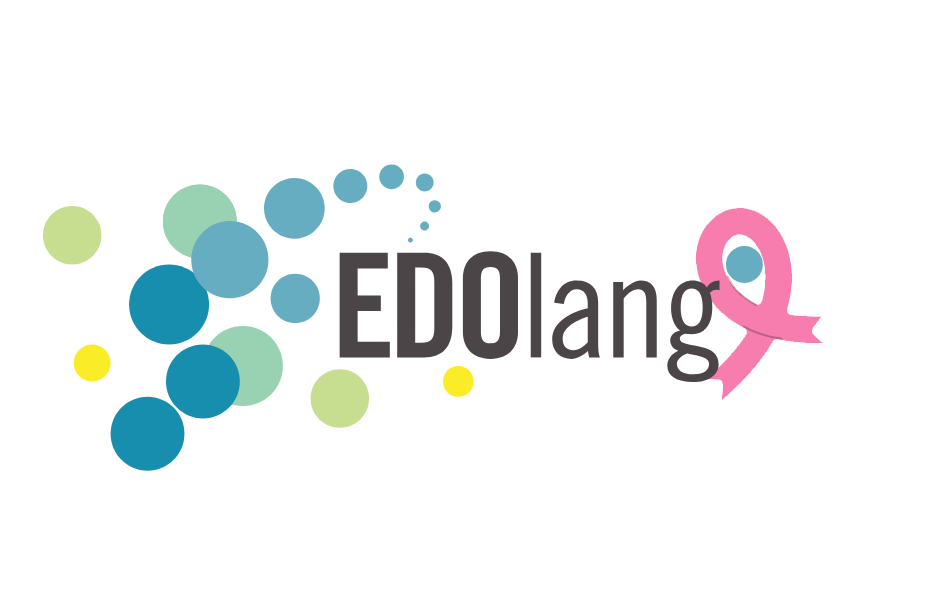In this tutorial, we will introduce you to the EDOlang resource catalog and how it works
How to find resources ?
You access the catalog from the EDOlang home page. Log in to have access to all features.
You can start by choosing the language you want to work with.
The catalog offers you both physical resources, which can be consulted in one of the language resource centers, and digital resources.
Well, that’s no use, there are teachers for that !
You can search for resources in different ways :
- If you have information on the resource you are looking for, you can enter the title, author, etc. You can also do a keyword search.
- you can also do a simple search :
- by skill: “write”, “speak”, “listen”, “read”. By clicking, you access the summary description of the resources. It is possible to filter these resources by type, medium, etc. When you click on the chosen resource, you access the detailed description ;
- you can also search by type of resource: audio, video, literature, etc. “Reference tools” are common ones (dictionaries, grammars, etc.). The “learning sites” are all accessible from any computer station except subscription sites. To consult these sites, you must go to a language resource center. “Language methods” are books with CDs or DVDs, so they can only be consulted in language resource centers. The “build my learning” resources help you define your objectives and your organization ;
- you can finally select bundles of resources: these are resources gathered by objectives.
if you want to cross several criteria, you can do it with the advanced search. You access domains in particular.
When you find a resource that interests you, you can add it to your favorites. You access all of your favorites on the catalog home page.
There are plenty of ways to self-assess! It actually depends on what you want to evaluate yourself on. If you want to self-assess your written comprehension, you could for example choose a text, a book or an article, or even a conversation by SMS, it all depends on your objective. You would then try to estimate your comprehension rate as a percentage. And for oral or written expression, you could for example meet a native speaker, if you feel capable, at the language café or during tandems. And if your goal is to chat via text, you could try chats or apps, such as Hello Talk. You could also use a logbook online or on paper.
In any case, if you think you need it, you can always make an appointment with an advisor at a language center.
How to use catalog resources ?
When you use a resource from the EDOlang catalog, an activity line is automatically created in your logbook.
For physical resources, this line appears once you have returned the document to the resource center.
For digital resources, you need to go to the detailed description of the resource and click on “launch”. When you’re finished, remember to click on “stop”: a line will be created in your logbook with the duration corresponding to your activity.
You can thus analyze the activity you have just carried out by adding a comment.
If the language is not the correct one because the resource is multilingual, you can modify it in the “action” column.
If you would like more information about the catalog and resources, you can follow a workshop on this topic or request information at a language resource center.
>> Download transcription file « How to use the Resource Catalogue ? »
